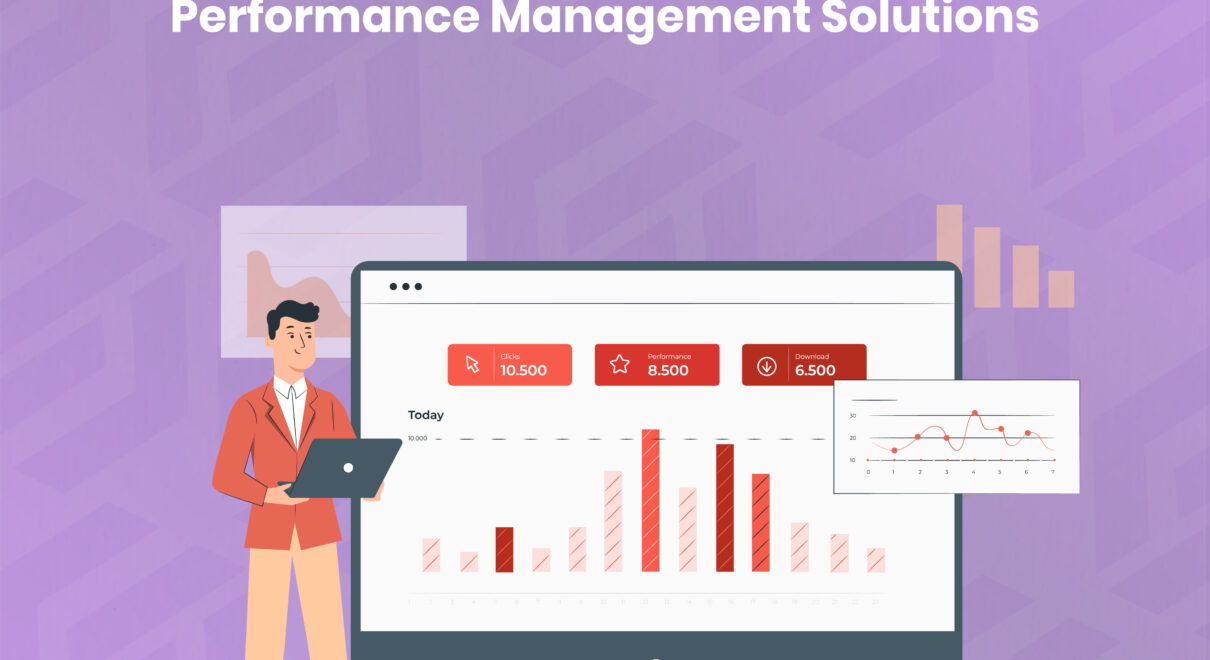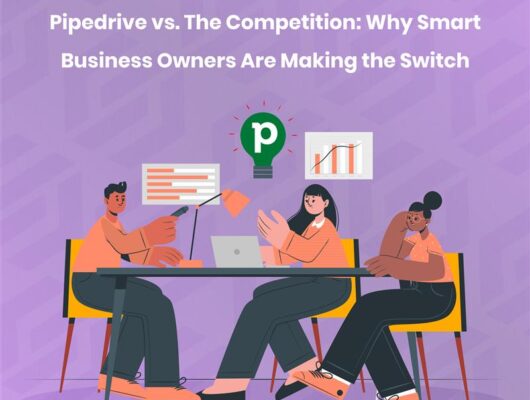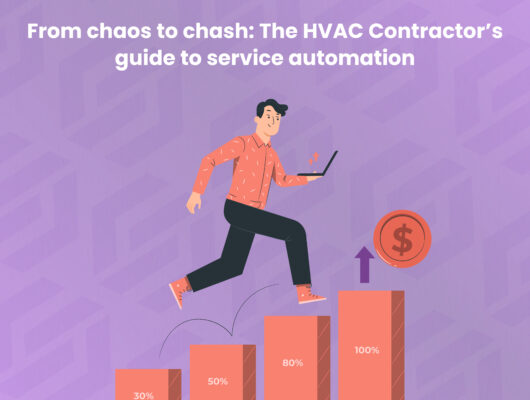Picture this: It’s Monday morning, and instead of drowning in a sea of performance review spreadsheets, you’re sipping your coffee while your automated system has already compiled comprehensive employee feedback, tracked goal progress, and identified top performers. Sounds like a dream? Welcome to the reality of modern HR automation.
In today’s fast-paced business landscape, HR companies across the USA are discovering that manual performance management is about as effective as trying to navigate New York traffic on foot. The game has changed, and those who haven’t embraced automated performance management solutions are getting left behind faster than last season’s trends.
The Performance Management Revolution: Why Automation Isn’t Just a Luxury Anymore
Let’s get real for a moment. I’ve watched countless HR professionals burn out from the endless cycle of manual performance tracking, goal setting, and employee feedback collection. It’s like watching someone try to fill a bathtub with a teaspoon – technically possible, but painfully inefficient.
Employee performance management has evolved from annual reviews that everyone dreaded to continuous, data-driven processes that actually help people grow. And at the heart of this transformation? HR automation that makes saving time with automation not just possible, but inevitable.
What Exactly Is Automation in HR?
Before we dive deeper, let’s address the elephant in the room. What is automation, really? Think of it as your incredibly efficient, never-tired assistant who works 24/7 without needing coffee breaks or vacation time.
In the HR world, automation refers to technology solutions that handle repetitive tasks, data collection, and process management without constant human intervention. It’s like having a personal trainer for your HR processes – keeping everything on track, measuring progress, and pushing for better results.
The key components of HR automation include:
- Automated goal setting and tracking systems
- Real-time performance monitoring
- Intelligent feedback collection
- Predictive analytics for employee retention
- Streamlined employee onboarding processes
How Automation Is Transforming HR Companies: The Real Impact
Here’s where things get interesting. I recently spoke with Sarah, an HR director at a mid-sized tech company in Austin, who told me, “Before automation, I spent 60% of my time on administrative tasks. Now? Maybe 15%. The rest is spent on what actually matters – helping our people succeed.”
The Numbers Don’t Lie: Performance Management Statistics
| Metric | Manual Process | Automated Process | Improvement |
|---|---|---|---|
| Time spent on performance reviews | 8-12 hours per employee | 2-3 hours per employee | 70% reduction |
| Goal tracking accuracy | 65% | 94% | 45% improvement |
| Employee feedback response rate | 34% | 78% | 129% increase |
| Performance review completion rate | 67% | 97% | 45% improvement |
The Core Components of Automated Performance Management
1. Smart Goal Setting Systems
Gone are the days of vague objectives scribbled on napkins during hurried meetings. Modern goal setting automation helps businesses create SMART goals that actually drive results.
These systems can:
- Suggest relevant goals based on role and company objectives
- Automatically align individual goals with team and organizational targets
- Track progress in real-time
- Send intelligent reminders and updates
Think of it as GPS for career development – it knows where you want to go and guides you there step by step.
2. Continuous Feedback Loops
Remember when feedback meant waiting for that dreaded annual review? Those days are as outdated as flip phones. Today’s employee feedback systems create continuous dialogue between managers and team members.
Key features include:
- Pulse surveys that gauge employee sentiment
- Peer-to-peer feedback mechanisms
- Real-time coaching suggestions
- Sentiment analysis of feedback data
3. Performance Analytics and Insights
This is where automation gets really exciting. Modern systems don’t just collect data – they transform it into actionable insights. It’s like having a crystal ball for employee performance, but backed by actual data rather than mystical powers.
The Business Case: Why HR Automation Drives Business Growth
Let me share something that might surprise you. Companies that implement comprehensive performance management automation see an average of 25% improvement in employee retention rates. But the benefits go far beyond keeping people around.
The Ripple Effect of Better Performance Management
When you automate performance management effectively, something magical happens. It’s like dropping a stone in a pond – the effects ripple outward:
Immediate Benefits:
- Reduced administrative burden on HR teams
- More consistent and fair performance evaluations
- Faster identification of high performers and improvement opportunities
Medium-term Impact:
- Improved employee engagement and satisfaction
- Better alignment between individual and organizational goals
- Enhanced manager-employee relationships
Long-term Results:
- Higher employee retention rates
- Increased productivity and business performance
- Stronger employer brand and easier recruitment
Employee Onboarding: Where Automation Shines Brightest
If performance management is the engine, then employee onboarding is the fuel that makes everything run smoothly. And let me tell you, automation has completely revolutionized how companies welcome new team members.
Traditional onboarding was like trying to assemble IKEA furniture without instructions – frustrating, time-consuming, and often leaving people feeling lost. Automated onboarding systems create structured, personalized experiences that set employees up for success from day one.
Modern onboarding automation includes:
- Pre-boarding task automation
- Personalized learning paths
- Progress tracking and milestone celebrations
- Integration with performance management systems
The Hidden Cost of Poor Onboarding
Here’s a sobering statistic: Companies with weak onboarding processes lose 50% of new hires within the first 18 months. That’s not just a retention problem – it’s a massive financial drain.
Consider this: If you’re paying $75,000 for a position and it takes six months to find and train a replacement, you’re looking at costs exceeding $150,000 per failed hire. Suddenly, investing in hiring automation doesn’t seem like an expense – it’s insurance.
Frequently Asked Questions: Addressing Common Concerns
How Can Automation Help HR Companies Specifically?
Automation for HR companies isn’t just about efficiency – it’s about transformation. When you remove the administrative burden, HR professionals can focus on strategic initiatives that actually move the needle.
I’ve seen HR teams go from order-takers to strategic partners simply by implementing the right automation tools. Instead of spending Tuesday mornings chasing down performance review forms, they’re analyzing trends, identifying skill gaps, and developing retention strategies.
What Is an Employee Feedback System?
An employee feedback system is your organization’s listening ear, but smarter. It’s a continuous process that captures employee sentiment, suggestions, and concerns through various channels – surveys, one-on-ones, peer reviews, and even AI-powered sentiment analysis of communication patterns.
The best systems don’t just collect feedback; they analyze it, identify patterns, and provide actionable recommendations. It’s like having a therapist for your entire organization.
Is Automation Right for Small HR Companies?
Absolutely. In fact, smaller HR companies often see the biggest impact from automation because they have the most to gain from efficiency improvements. You don’t need a massive budget or IT department to get started.
Many cloud-based solutions offer scalable pricing that grows with your business. Start small, prove the value, then expand. It’s like learning to drive – you don’t start with a Formula 1 car, but you can definitely upgrade as you get more comfortable.
The Future of Performance Management: What’s Coming Next
The world of HR automation is evolving faster than fashion trends, and what’s coming next is pretty exciting. We’re talking about AI-powered coaching that provides personalized development recommendations, predictive analytics that identify flight risks before they become problems, and virtual reality training that makes onboarding feel like a video game.
Emerging trends include:
- AI-driven performance predictions
- Voice-activated feedback collection
- Blockchain-verified skill certifications
- Augmented reality performance training
ROI Measurement: Proving the Value of Your Investment
Let’s talk numbers, because ultimately, business growth requires measurable results. The ROI of performance management automation typically becomes visible within 6-12 months, but the exact timeline depends on implementation scope and organizational size.
Key Metrics to Track
| Metric Category | Specific Measurements |
|---|---|
| Efficiency | Time saved per employee review, Reduction in administrative tasks |
| Quality | Review completion rates, Feedback response rates, Goal achievement rates |
| Engagement | Employee satisfaction scores, Retention rates, Internal mobility |
| Business Impact | Productivity metrics, Revenue per employee, Customer satisfaction |
Overcoming Common Implementation Challenges
I won’t sugarcoat it – implementing automation isn’t always smooth sailing. But knowing the common pitfalls helps you navigate around them like a seasoned captain.
The biggest challenges I see:
- Resistance to change from team members
- Integration issues with existing systems
- Data quality concerns
- Over-automation leading to impersonal experiences
The solution? Start with pilot programs, involve your team in the selection process, and remember that technology should enhance human connections, not replace them.
Best Practices for Long-term Success
Success in HR automation isn’t about finding the perfect solution – it’s about creating the perfect process. Here are the practices that separate the winners from the wannabes:
Keep it human-centered. Technology should feel invisible to users. If people are struggling with the system, the system is the problem, not the people.
Measure what matters. Don’t get caught up in vanity metrics. Focus on measurements that directly impact business outcomes and employee experience.
Stay flexible. The best automation systems adapt to your changing needs, not the other way around. Build flexibility into your processes from the start.
Invest in training. Even the most intuitive system needs proper introduction. Invest in comprehensive training that goes beyond basic functionality to strategic thinking.
The Competitive Advantage: Why Early Adopters Win
Here’s something that keeps me up at night (in a good way): The companies implementing comprehensive performance management automation today are building competitive advantages that will compound over years. They’re not just improving efficiency – they’re creating better employee experiences, stronger cultures, and more agile organizations.
Meanwhile, companies still relying on manual processes are like retailers who ignored e-commerce in 2010. They might survive for a while, but they’re fighting tomorrow’s battles with yesterday’s tools.
Conclusion: Your Next Move in the Automation Game
We’ve covered a lot of ground here, from the basics of what automation can do to the strategic implications for business growth. But here’s the bottom line: Automated performance management isn’t just about making HR easier – it’s about making business better.
The question isn’t whether you should implement these solutions. The question is how quickly you can get started and how effectively you can execute.
Your action plan:
- Assess your current performance management pain points
- Research solutions that align with your specific needs
- Start with a pilot program in one area
- Measure results and build from success
- Scale systematically across your organization
The companies that will thrive in the next decade are those that view HR automation not as a cost center, but as a strategic investment in their most valuable asset – their people.
Ready to transform your performance management approach? The tools are available, the ROI is proven, and your competitors are already moving. The only question left is: What are you waiting for?
Looking to implement automated performance management solutions for your HR company? Connect with our team of experts who can help you navigate the selection process and ensure successful implementation. Because in the world of HR automation, the right partner makes all the difference.





